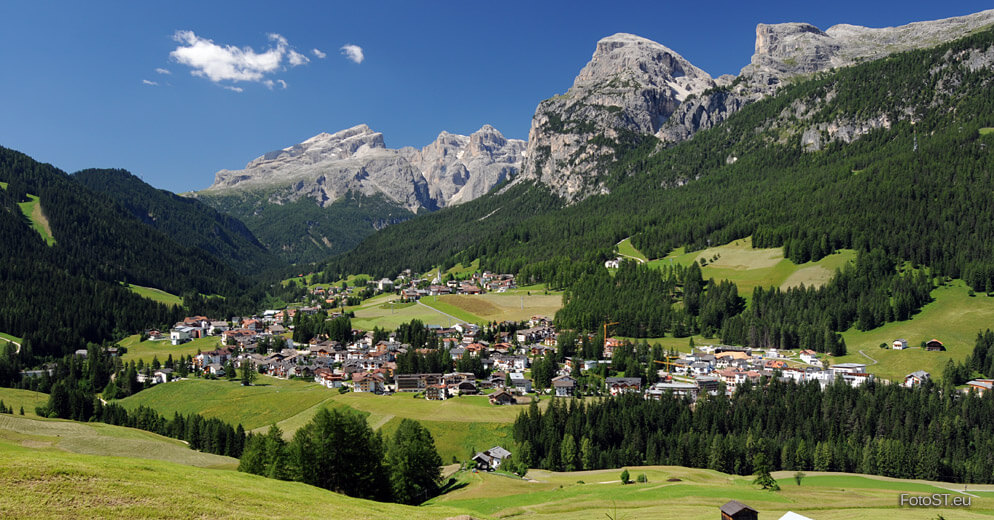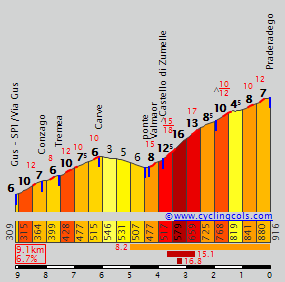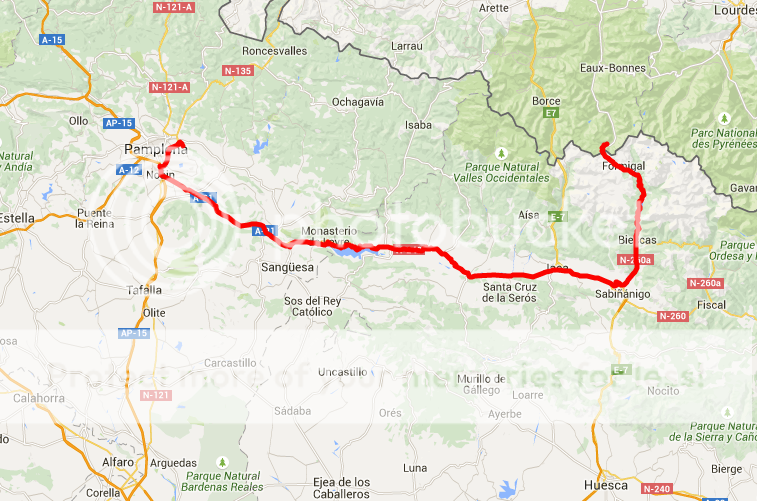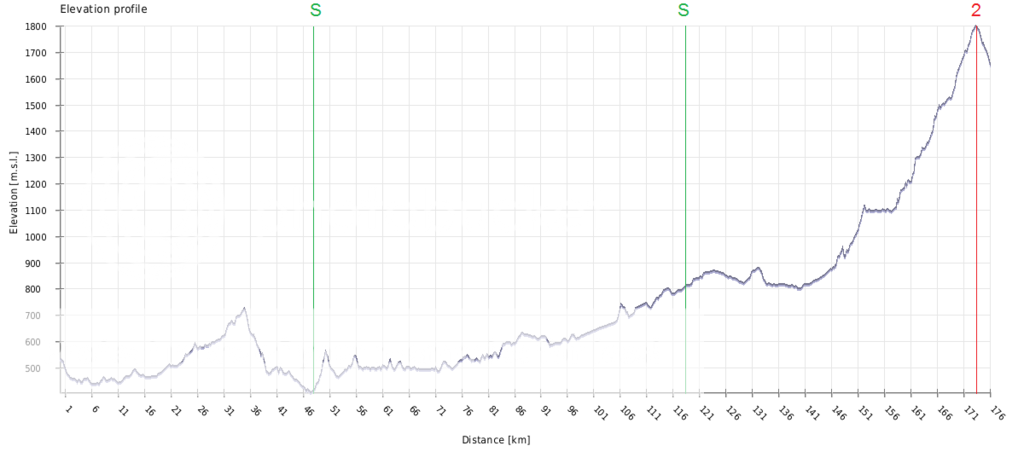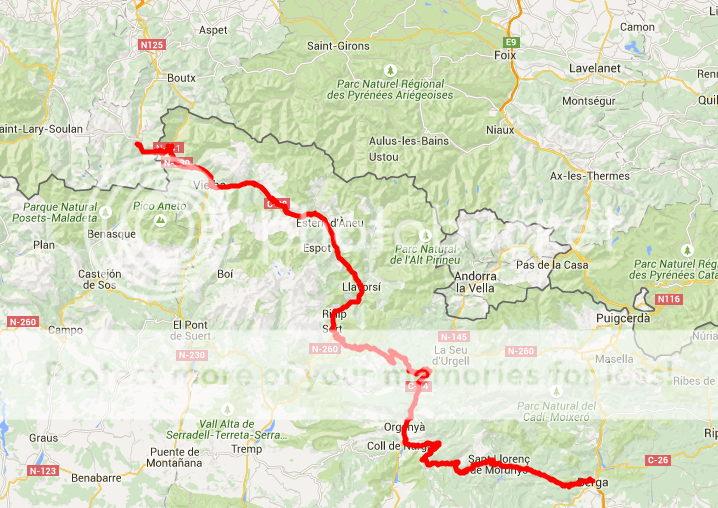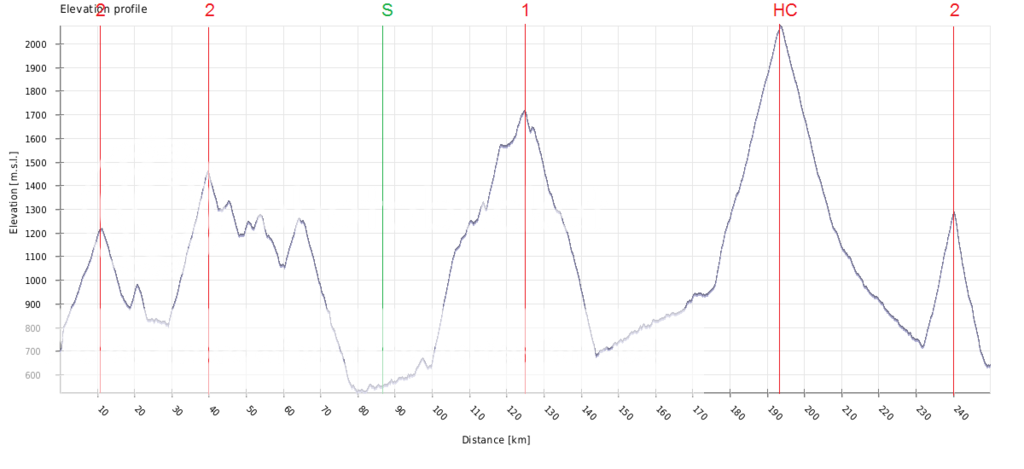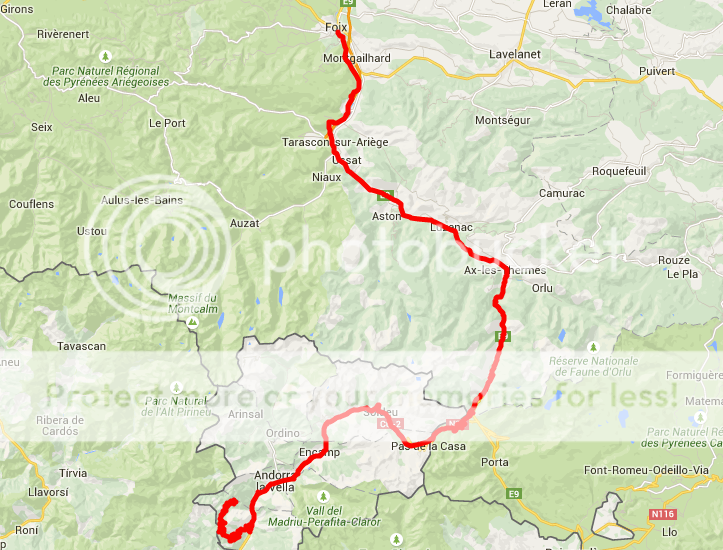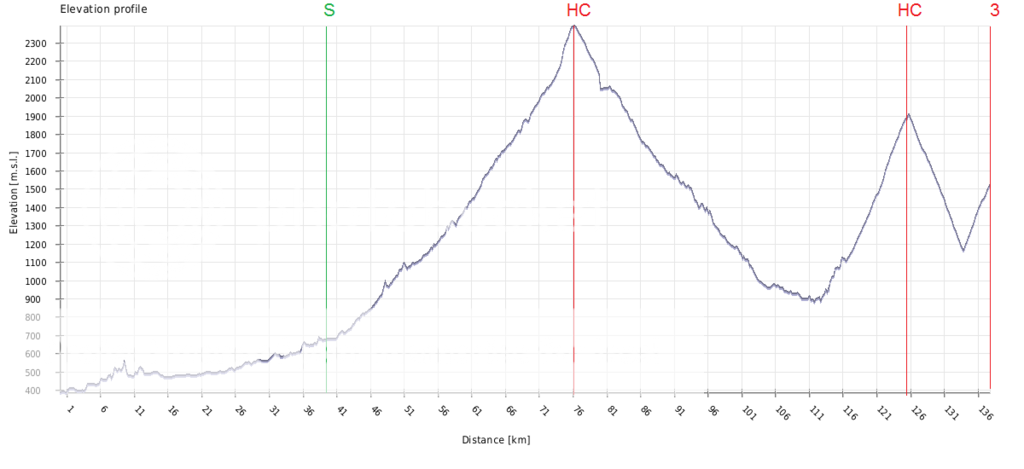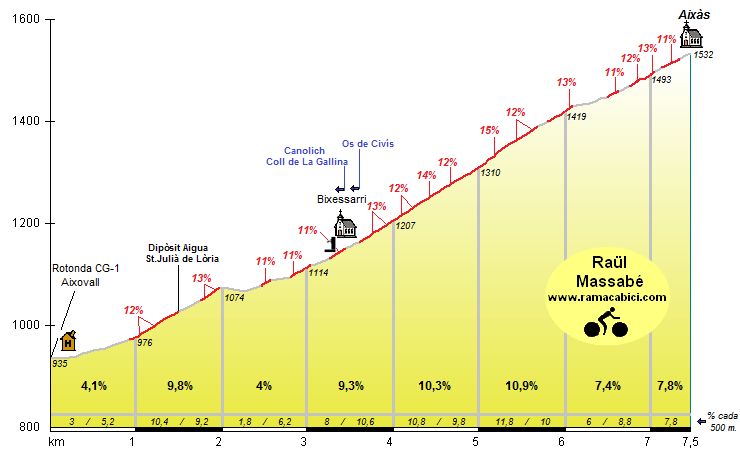Progsprach - in the Basque Country, nearly every small climb will have SOME cycling history

Il Giro!
Stage 4: Innsbruck - Rifugio Monti Pallidi-Val di Fassa, 194km
Climbs:
Passo del Brennero (cat.3) 38,6km @ 1,8%
Passo di Valparola (cat.2) 14,3km @ 5,8%
Passo di Fedaia (cat.1) 14,1km @ 7,5%
Rifugio Monti Pallidi (cat.3) 6,2km @ 6,4%
Traguardo Volanti:
Rocca Pietore
The Giro returns to Italy via the Dolomites, which means we more or less have to have a mountain stage, although with this being stage 4, we are not going for the total Zomegnan porn that the region can offer if we really went for it. There's a long-standing tradition in the Giro of having a medium-difficulty first early mountain stage to establish gaps, which at times has led to some more severe climbs early in the race when the stage has been delayed to the second weekend (e.g. 2010 with Monte Terminillo or 2006 with Passo Lanciano). Montevergine di Mercogliano is of course the most famous of these "week one mountains". It's rare to see a week one mountain stage up in the kind of region the queen stages often take place, but it has happened in the past, most recently in the unusual 2009 route, where San Martino di Castrozza and Alpe di Siusi served to open up the GC gaps and sort the contenders from the pretenders.
I'm trying to do so with a much better stage. The final climb is less difficult but is preceded by a classic; however the stage is relatively straightforward for a big Dolomiti stage before that. The stage begins in Innsbruck, another of the Four Hills from the Ski Jumping and the host of the 1964 and 1976 Winter Olympics. As the biggest city in this part of the Tirol, it serves as a good base for a stage heading into Italy via the still mostly Germanophone Südtirol. Our first port of call is to establish a strong break of the day by opening up the stage with the 7km @ 7% that is Patscher Höhe, a
narrowish ascent to a popular XC skiing spot and close to the legendary Igls luge/bobsleigh run. Nevertheless, there are no points to be paid here, for it has simply been subsumed into the full 40km length of the busiest pass between Austria and Italy, the legendary
Brenner Pass. We are using the old road, so no highway traffic for the Giro péloton, but it will still be a pretty busy sight, this time of riders trying to make good on their escape. Much of the route is flat or false flat, but it slowly ramps up to include some pretty hefty gradients in the last couple of kilometres.
After this, there is a long descent into the beautiful town of
Vipiteno-Sterzing, but as with the ascent, not much of this is really what you'd call steep, and it isn't technical either. After this there is a lengthy period of false flat, first downhill then uphill, in the attractive setting of the Val Pusteria.
The main body of this stage, however, is the final 70km or so. After the riders turn southward once more after the feedzone in
Chienes, the wick is slowly turned up on the false flat until it eventually becomes a proper climb - and quite a famous one too, at the highest altitude we will go for some time in the race. The Passo Valparola, at 2192m, is one of the higher climbs in the vicinity, and though it's not that imposing in terms of gradient hence being rated cat.2, the second half of the ascent
averages 7,3% so the riders will feel this one, especially early in the race.
Valparola crests 52km from the finish. After the descent from this, we have the intermediate sprint in Rocca Pietore, and then the first major climb of the Giro arrives where the GC is likely to be impacted. And it is FEDAIA.
FEDAIA!!!!!!!!!
It is a well known fact that the Serrai di Sottoguda is the best thing to ever happen to cycling and that all races that do not include the Passo di Fedaia could be instantly improved by including the Passo di Fedaia. Since 2011 this piece of epic wonder has not been used and that is too long. It is the greatest climb in world cycling, split equally between jaw-dropping scenery and absurdly tough gradients, and hits the perfect mix of being difficult enough to guarantee action but not being steep enough to become a carnival of pain like Monte Zoncolan or Angliru, allowing genuine tactical racing to break out. Everything is better with Fedaia. And even more so when, after dealing with its
cruel collection of hairpins it crests only 19km from the finish, meaning that attacks on the beast, both from the top names looking to put a marker down early in the Giro and secondary or tertiary contenders perhaps looking for a stint in the maglia rosa while the favourites are reluctant to try to take it coast to coast, are very tempting indeed.
After the descent into Canazei, the riders turn to the north for the finale. It is common to see stages with Marmolada finishing on the Passo Pordoi, while 2011's insanely epic queen stage returned to the long forgotten Rifugio Gardeccia climb. Here, we have something slightly different, in that, in order to encourage more action on Fedaia, I've looked for an easier finish, and I've found one. A few kilometres above Canazei, the road to the fabled Passo Pordoi and the road to the slightly less fabled but still highly important in the history of the Giro Passo Sella split. We will be taking the road to the Passo Sella, but only for a kilometre or so before we arrive at the Rifugio Monti Pallidi. From the
profile of the Passo Sella you can see the Rifugio - which has ample space to host a bike race - noted just after the 6km marker. You will notice therefore that the climb is shortish, easy at first but ramping up, with the final kilometre at 8,5%. Steep enough to open some small gaps for whatever sized small group comes to the final climb together, but not so steep that it will discourage earlier moves.
This could be a really interesting stage - nay, SHOULD be a really interesting stage, what with the stages before and that this is the biggest GC marker point stage in the first week. And even if it isn't, it has FEDAIA, queen of the Dolomites and most majestic ascent in World cycling. As has been mentioned before, if I have a female child I would consider naming her Fedaia then reject it out of hand as setting impossibly unattainable beauty standards that would lead to crippling self-esteem issues. Because FEDAIA!
Innsbruck:
Rifugio Monti Pallidi-Val di Fassa:


















